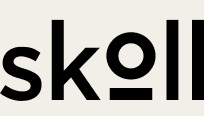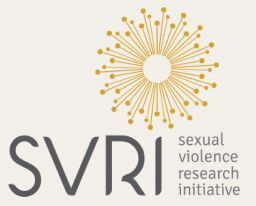Africa has seen a significant amount of false information around the COVID-19 pandemic, with claims ranging from whether black people are immune to the disease to hot weather being a deterrent against the spread of the virus.
False COVID-19 information is leading to loss of trust in the institutions and authorities tasked with responding to the pandemic. It contributes to people putting themselves in harm’s way, believing that they are protecting themselves against infection.
Journalists therefore have the dual responsibility of understanding the complexities of the pandemic, and breaking down science information down into a form that their audiences can easily understand.
With this in mind, Meedan held the first of a series of workshops organized in partnership with Article 19, bringing together 55 journalists from six newsrooms and media organizations in four African countries to collaborate and learn more about health misinformation.

This workshop was organized as part of the ‘Together for Reliable Information’ project funded by the European Union to provide rapid response to the impact of the COVID-19 crisis on access to reliable information in Africa.
The participants were drawn from the Centre For Innovation and Technology (CITE) in Zimbabwe, GhanaFact in Ghana, Defy Hate Now in South Sudan, and Debunk Media, Pamoja FM and the Africa Women’s Journalism Project in Kenya.
What were some of the key takeaways from the discussions during the sessions?
This first workshop served as an introduction to health misinformation for the participating journalists, introducing them to key concepts like ‘midinformation’ — where a lack of credible information worsens the spread of misinformation, potentially leading to a ‘misinfodemic’, which is where the spread of false information worsens the impact of a health issue.
Can you tell us about some of the editorial goals the newsrooms want to achieve this year?
The participants set goals that they would like to achieve through this project, mainly around engaging their audiences and attracting new audiences through producing quality health fact-checking content. Our group of newsrooms and fact-checkers are looking to experiment with new platforms like WhatsApp and messaging platforms, and new types of content such as graphics and shareable visualizations, as well as podcasts and short audio content.
The participants also highlighted the need to amplify credible voices by creating databases of local and regional experts, who they can call on to add context and bring clarity to their stories. Further building on their role as a connector between audiences and experts, some of the participants proposed programming that would put these groups together, facilitating meaningful conversations and a sharing of knowledge in meaningful and impactful ways.
The participants identified a need for guiding principles, and to do this, they resolved to create their own internal ‘standards of care’ that they could apply in response to any health crisis.
Why is a training like this important?
The overall goal of the workshop is to add the skillset of health fact-checking to the work of verification that the participating newsrooms are already doing. The participants will be tasked with coming up with projects that help them and their audiences contextualize the health information they consume, reducing the chances that they will fall for and spread false health information.
This training is vital because it brings journalists with varying levels of experience together, and allows them to share their experiences from their own localities. The newsrooms are also representative of the media landscape in the region, with standalone fact-checking initiatives, a network of mainstream journalists and a community radio station, and the projects they implement will definitely find applications by others working in different countries.
Was there anything that surprised you?
The most surprising thing was how similar the problems identified and solutions proposed by the participants were. While we expected there to be a general overlap of challenges, given how similar the media landscapes are in the countries we identified, we didn’t expect the responses to the pandemic to be so similar. The main challenge that cut across the different countries and regions was the role that messaging platforms played in the spread of false information, and the participants intend to produce tailored content for these platforms to move quickly and counteract the misinformation at source.
We collaborated with 53 partner organizations worldwide to design and carry out our 2024 elections projects. We extend special gratitude to our lead partners in Brazil, Mexico and Pakistan, whose work we highlight in this essay.
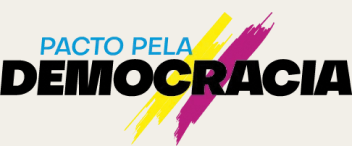
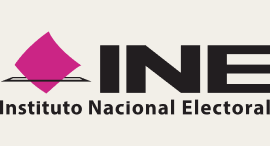
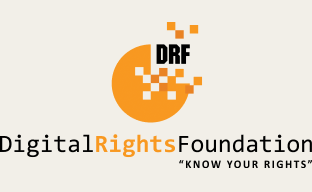
The 2024 elections projects featured in here would not have been possible without the generous support of these funders.
